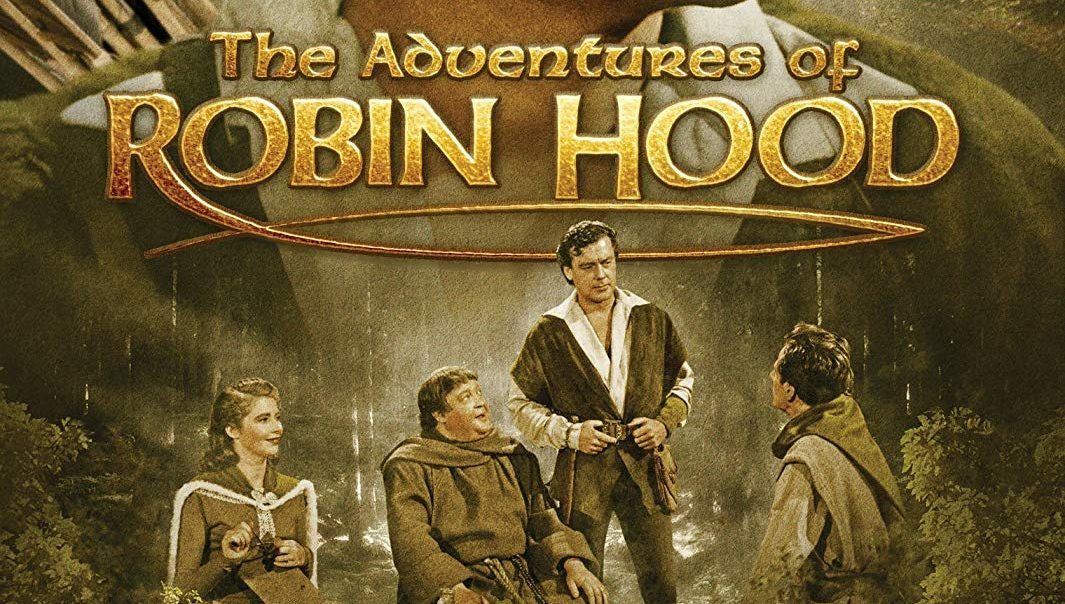
The Adventures of Robin Hood
Robin of Loxley, otherwise known as Robin Hood, and his band of Merry Men protect England from the evil machinations of Prince John while King Richard the Lionheart is away fighting in the Crusades.
The Adventures of Robin Hood is a British television series comprising 143 half-hour, black and white episodes broadcast weekly between 1955 and 1959 on ITV. It starred Richard Greene as the outlaw Robin Hood, and Alan Wheatley as his nemesis, the Sheriff of Nottingham. The show followed the legendary character Robin Hood and his band of merry men in Sherwood Forest and the surrounding vicinity. While some episodes dramatised the traditional Robin Hood tales, most were original dramas created by the show’s writers and producers.
The programme was produced by Sapphire Films Ltd for ITC Entertainment, filmed at Nettlefold Studios with some location work, and was the first of many pre-filmed shows commissioned by Lew Grade. In 1954, Grade was approached by American producer Hannah Weinstein to finance a series of 39 half-hour episodes, at a budget of £10,000 an episode, of a series she wished to make called The Adventures of Robin Hood, for which she had already signed Richard Greene to the project as Robin Hood and been given the backing of US distribution company, Official Films Inc, who were confident of selling it to the US market. Grade was so impressed by her proposal that he agreed immediately to back the series, hoping to make large profits by selling programmes to the lucrative American market. In the UK, the series premiered on ATV London, on Sunday 25 September 1955 the US premiere was on Monday 26 September 1955 by CBS, ATV Midlands began the series on Friday 17 February 1956,[6] the series had a staggered start across the other regions from 1956–1961 as the ITV regional stations came on-air for the first time in the UK. The series was shot on 35mm film to provide the best possible picture quality, and had fade-outs where US commercials were intended to slot in (the series was sponsored in the US by Johnson & Johnson (baby products, Band-Aid) and Wildroot (hair products).
In Australia, the show aired on TCN9 in Sydney NSW and HSV7 Melbourne Victoria, actually being the first drama series broadcast by this station and CBC in Canada, and on CBS in the US. In France, RTF1 aired the show from 1965 to 1969 and RTF2 from 1969 to 1972. In Italy, Rai 1 aired the show from 1959 to 1964 and Rai 2 from 1965 to 1967. In Malaysia, RTM Aired the Show from Late 1974 to Early 1978. In the Phillipines, ABS-CBN aired the Show from 1963 to 1967, DZBB from 1967 to 1972. In Indonesia, TVRI aired the show during the 1970s. In Romania, TVR aired the show from 1966 to 1980.
Plot
The series is set in the 12th century, during the reign of King Richard. Robin of Locksley, a nobleman, is forced into the life of an outlaw, dwelling in Sherwood Forest with a band of men who right the wrongs committed by the rich and powerful against the poor and defenceless. He was given the name Robin Hood by the outlaw band’s leader, Will Scatlock, who was fatally wounded. Hood’s enemy in the series is the Sheriff of Nottingham who, with his cohorts, schemes to capture the outlaw by any means possible. Lady Marian Fitzwalter (Maid Marian), a young noblewoman and Robin Hood’s lover, keeps him informed of the Sheriff of Nottingham’s whereabouts and intentions. Episodes are punctuated with manly deeds of derring-do, tense escapes and pursuits, princely tournaments, the thundering hoof-beats of powerful steeds, the clattering of flashing swords, and the whizzing of fatally-placed arrows.
In “A Year and A Day” (series 2), a refugee peasant explains that, under English law, a peasant who escapes serfdom and lives in a city for “a year and a day” is a free man, given the man lives openly, not in hiding. When Robin Hood helps the peasant move about the city, the Sheriff invokes “the law of hue and cry”, explaining that any man within hearing must drop his chores and help apprehend the felon. In “A Christmas Goose” (series 3), a boy’s goose nips a lord’s horse so the lord is thrown. The lord condemns the goose to death – for his Christmas dinner. But Robin Hood counters that under English common law, an accused animal is entitled to a fair trial, the same as a human. While Robin Hood drags out the trial, Friar Tuck gets the cook drunk and switches geese. When the deception is revealed, the lord relents and pardons the goose. Two episodes, “Brother Battle” (#84) and “To Be a Student” (#90) emphasized the Catholic Church’s struggle to educate commoners, and even the children of serfs, despite laws forbidding the practice and in the face of opposition from the nobility.
The writers created supporting characters who were likable and occasionally resourceful. In “The Goldmaker’s Return” (series 2), Robin Hood is away in France on a mission. Lady Marian, Little John, and the other Merry Men carry the day without the star of the show ever showing his face. Most of the time, however, Robin is required to save the day following the usual comment about “Many men will be noticed. Only one going in will be successful”, etc. Despite simplistic plotting required by the 30-minute format, the writing was both professional in its handling of situations, and pointed in its dialog. Anachronisms abound: the lipsticked girl with modern hairdo in the Friar Tuck episode, for instance, wine cups for each occupant at a table in “Checkmate” when that only became the practice hundreds of years later, the 20th century school implements in “Brother Battle”, the use of Guineas from the 1700’s as coinage, written tavern signs when most were illiterate, and a “bard” in “The Challenge” episode who sings a song to the late 17th-century tune of “Lillibullero” in 13th-century England. All this is typical of every series of historical fiction, but the show’s producers pointed with pride to their accuracy, courtesy of hired consultants.
There was also an element of self-parody at times that sat uneasily on the series[citation needed]. In one episode, “The Challenge”, the plot-as-such was finished halfway through the show, and during the rest, the hapless Richard of the Lea and his wife worried as their larder and wine cellar were emptied during a siege with Robin, Little John, and Tuck eating and dancing all day and night.
Main characters
Robin Hood (Robin of Locksley), a Saxon nobleman returned from the Crusades and forced into outlawry in Sherwood Forest. Played by Richard Greene.
The Sheriff of Nottingham, Robin Hood’s enemy who schemes to capture the outlaw. Played by Alan Wheatley.
Little John, Robin Hood’s trusted friend and his second in command. Played by Archie Duncan. Duncan was briefly replaced by Rufus Cruikshank for ten episodes after Duncan was injured when a horse bolted toward the spectators, mostly children, watching the location filming of the episode “Checkmate” on 20 April 1955. Archie Duncan grabbed the bridle, stopping the horse, but the cart it was pulling ran him over, causing a fractured kneecap and cuts and bruises. He received the Queen’s Commendation for Bravery Award and £1,360 in damages from Sapphire Films.
Maid Marian (Lady Marian Fitzwalter), a Norman-Irish noblewoman and Robin Hood’s lover. Played in series one and two by Bernadette O’Farrell and in series three and four by Patricia Driscoll.
Friar Tuck, a member of Robin Hood’s band. Played by Alexander Gauge.
Will Scarlet, a member of Robin Hood’s band. Played by Ronald Howard (two episodes, series 1) and Paul Eddington (series 4).
Derwent, a member of Robin’s band. Played by Victor Woolf. Woolf played several other guest roles in the series such as villagers, villains and other outlaws. Excepting Richard Greene, he appeared in the most episodes of the show, a total of 112.
Joan, the barmaid at the Blue Boar Inn, a friend of Robin and his band. Played by Simone Lovell.
Sir Richard of the Lea, a friend of Robin and his band. Played by Ian Hunter. Hunter had earlier played King Richard the Lionheart in the 1938 production The Adventures of Robin Hood starring Errol Flynn.
Lady Leonia, wife of Sir Richard of the Lea. Played by Patricia Burke in five episodes.
The Deputy Sheriff of Nottingham, (the Sheriff’s replacement in series 4), played by John Arnatt.
Minor characters
Alan-a-Dale, a member of Robin Hood’s band. Played by John Schlesinger (two episodes), Richard Coleman (three episodes, series 4).
Ethel, Derwent’s wife played by Paula Byrne
Historical characters
Queen Eleanor, mother of King Richard and Prince John. Played by (Jill Esmond) (two episodes, series 1)
Richard the Lionheart, the King of England and brother of Prince John. Played by Patrick Barr (two episodes, series 1)
Prince John, the scheming friend of the Sheriff of Nottingham and brother of King Richard. Played by Donald Pleasence, Hubert Gregg, and Brian Haines.
Princess Avice of Gloucester, the first wife of Prince John played by Helen Cherry before her divorce from John,
Isabella of Angoulême, the second wife of Prince John played by Zena Walker before her marriage to John though not played as a 12-year-old.
Prince Arthur played by Peter Asher (three episodes, series 1 & 2), Richard O’Sullivan (one episode, series 3) and Jonathon Bailey (one episode, series 4)
Constance, Duchess of Brittany (Prince Arthur’s mother), played by Dorothy Alison (three episodes, series 1 & 2), Pamela Alan (one episode, series 3), and Patricia Marmont (one episode, series 4)
King William the Lion of Scotland played by Duncan McKintrye.
Other actors
Many familiar faces pop up, including: Lionel Jeffries (Chitty Chitty Bang Bang), Leslie Phillips, Jane Asher, Anne Reid (Coronation Street and Dinnerladies), Edward Mulhare (Knight Rider), Patrick Troughton (the Second Doctor Who, and who had been the first actor to portray Robin Hood on TV in a BBC live to air version), Irene Handl, Nicholas Parsons, Desmond Llewelyn (Q in the early Bond films), Sid James, Joan Sims and Bernard Bresslaw (Hancock’s Half Hour, The Army Game & the Carry On films), Leo McKern (Rumpole of the Bailey), Alfie Bass (The Army Game & Journey Into Space), Harry H. Corbett and Wilfrid Brambell (Steptoe and Son), Richard O’Sullivan (Man About the House), Billie Whitelaw, Paul Eddington (The Good Life, Yes Minister), Ronald Allen, and Gordon Jackson. John Schlesinger as an actor appeared in three episodes as singing minstrels (Hale and Alan a Dale (series 2)).
A number of actors appeared in supporting roles in most episodes, for series 1 these include: Victor Woolf, Willoughby Gray, and John Longden, and for later series include: Paul Hansard, Morris Barry, Patrick Troughton, Wilfrid Brambell, Nigel Davenport, Kevin Stoney, Ronald Hines, and Max Faulkner, who also did stunt/double work. Frank Maher (later Patrick McGoohan’s stunt double) played many small non-speaking parts, and stuntman Terry Yorke, who doubled for Richard Greene, played many small roles throughout all four series. In Series 3 Paul Eddington played a different character in many episodes, before settling down to Will Scarlett.
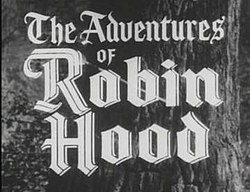
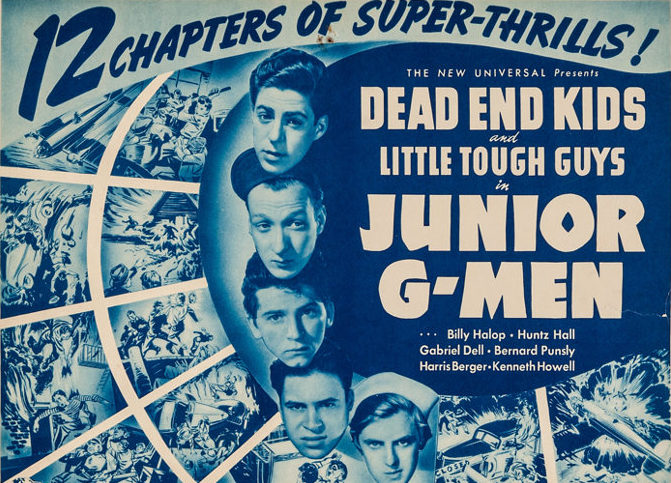
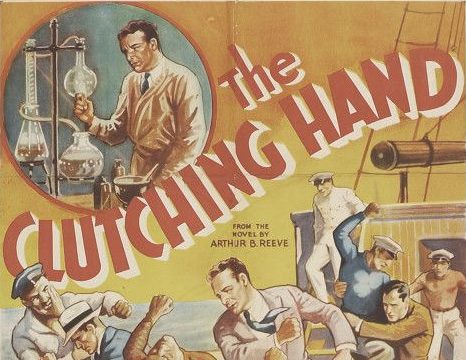
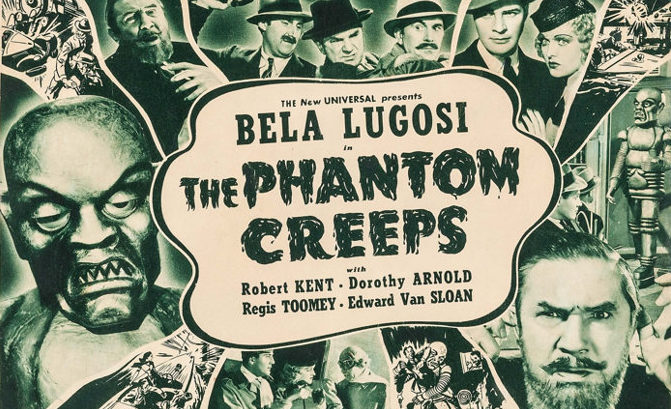

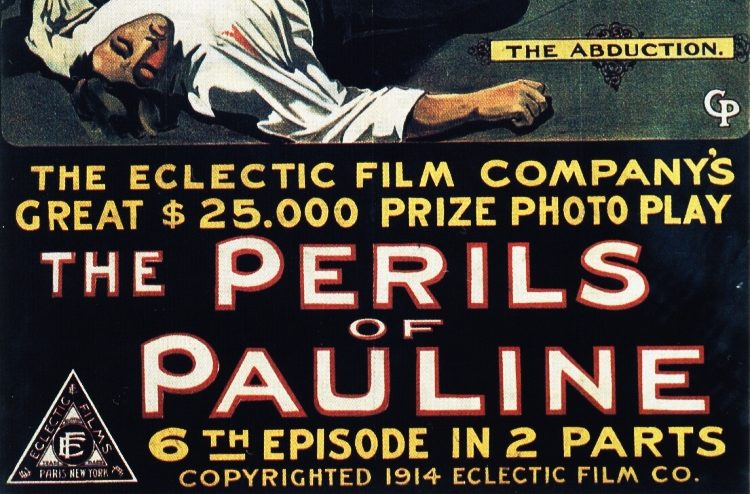
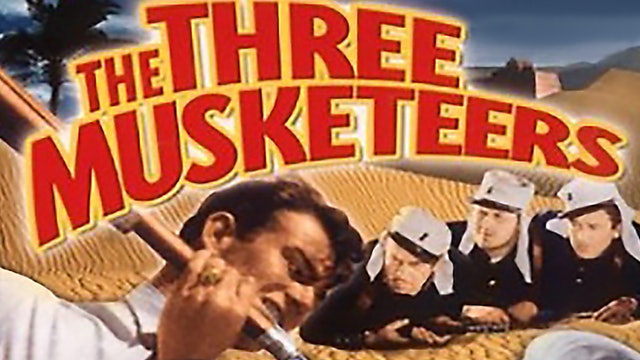
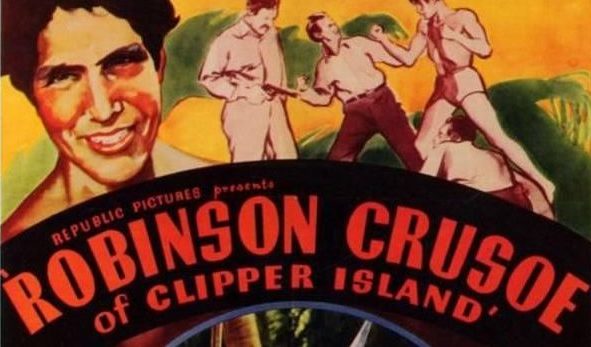
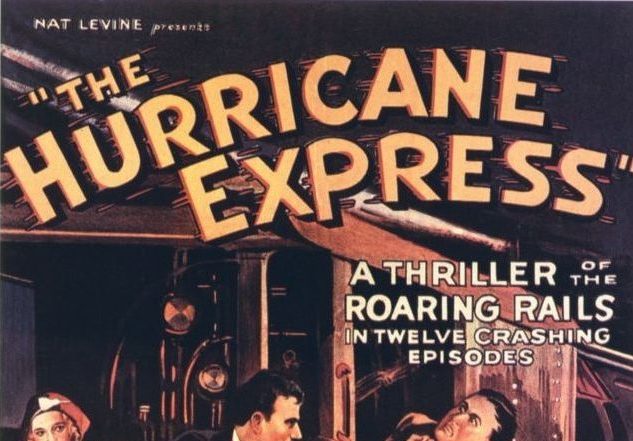
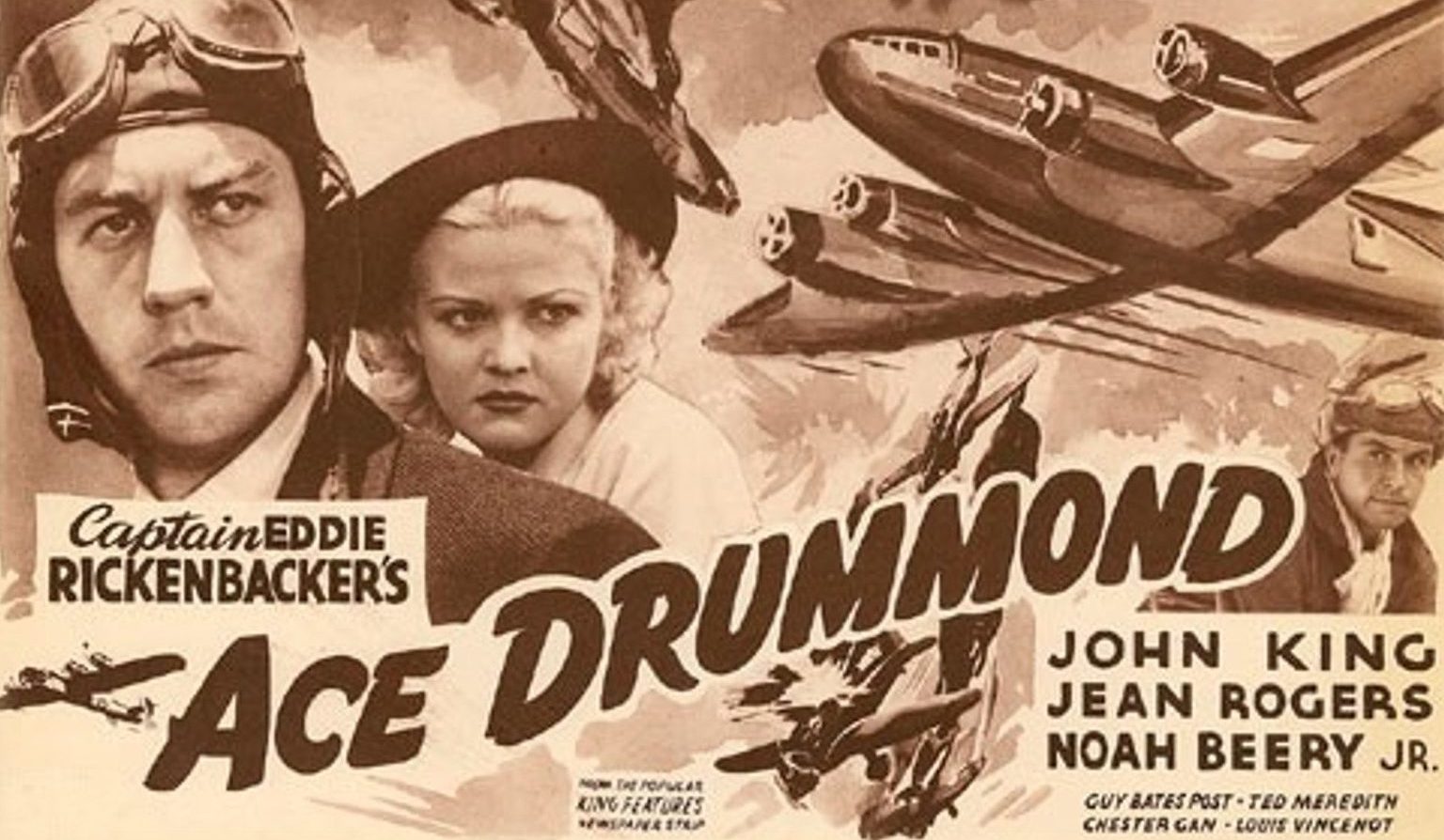
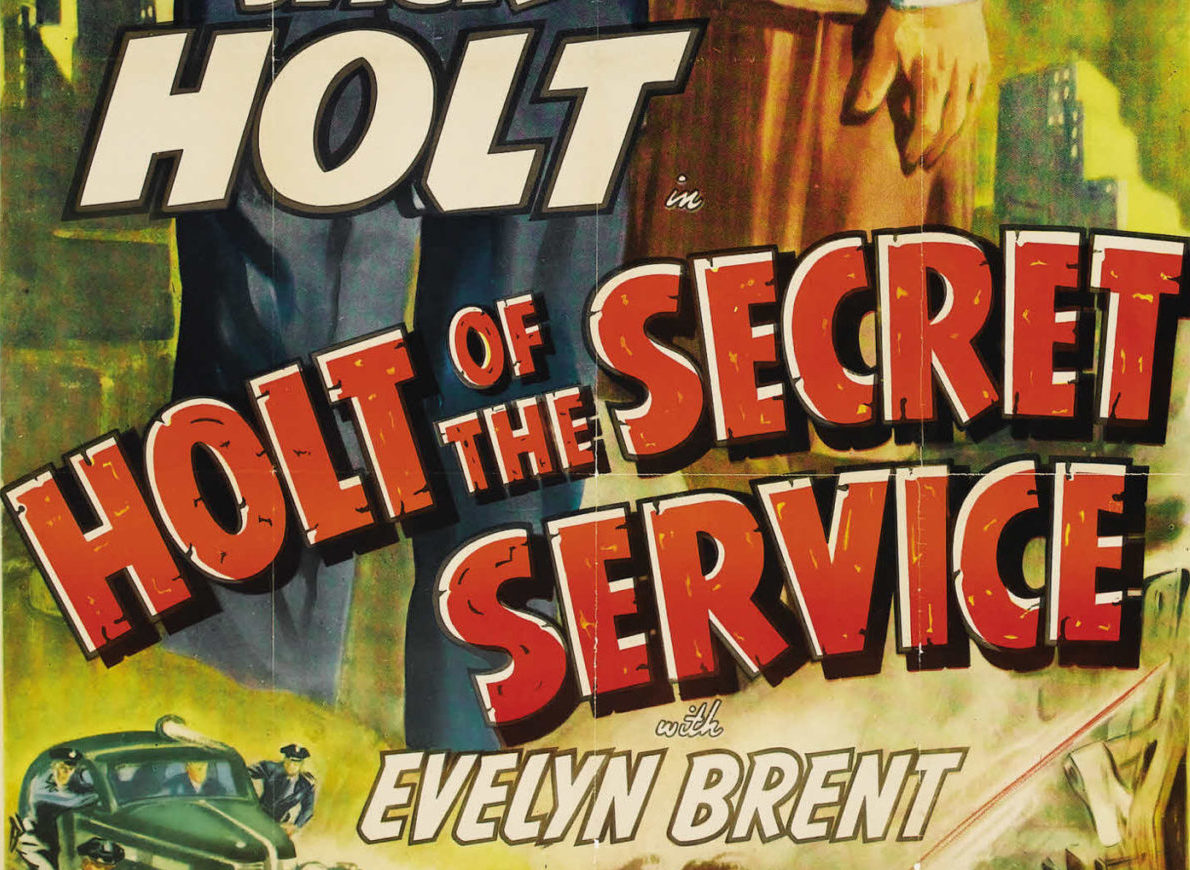
There are no reviews yet.